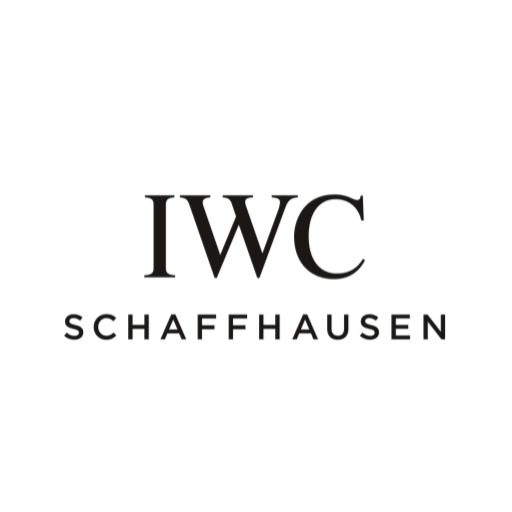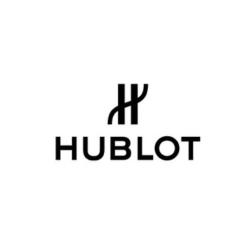Watch Guides
How Luxury Watch Brands Got Their Names
The majority of today’s most popular watch brands date back hundreds of years, so we almost ever consider how they came up with their names when we think of them. Nevertheless, each one usually has an intriguing backstory.
A brand’s history, including how it came to be recognised by its current, well-known name, would be known to a true-blue devotee.
Here is a brief description of the best in the world:

Wilsdorf and Davis was the name of the business when it was established in 1905 in honour of the founders’ in-law brothers-in-law, Hans Wilsdorf and Alfred James Davis. But Wilsdorf needed a brand name for his timepieces that was simple to remember, easy to say, and looked beautiful on watch dials. According to his autobiography, while he was riding a double-decker bus, “a good genie whispered” to him a “short yet significant word”: Rolex.

At the age of 28, the company’s founder Louis-Francois Cartier started his career after working as an apprentice in Paris’ 29 Rue Montorgueil at the workshop of renowned watchmaker Adolphe Picard. In 1847, he took over Picard’s business and established Maison de Cartier. In 1874, his three sons took over, and the business remained family-owned until Joseph Kanoui purchased it in 1972.

Louis Brandt established the business in 1848 under the name La Generale Watch Co. The unique internal production control system that Louis’ two sons created when they took over allowed the parts to be interchangeable. The new brands “Omega”—the final letter of the Greek alphabet, which also stands for perfection—and “Omega Watches” were used to market the new timepieces produced using this technology.

The Heuer Watch Company was established by Edouard Heuer in 1860. It gained a reputation for accurate timekeeping in sports, and specifically motor racing, in the decades that followed. The business was purchased by TAG Group (Holdings) S.A. in 1985, and their names were combined. The term “Techniques d’Avant Garde,” or TAG, is an acronym that loosely translates to “new or forward-thinking techniques.”

Together with fellow Pole Franciszek Czapek, Polish watchmaker Antoni Patek started his profession in 1839 by producing pocket watches in Geneva. When their partnership came to an end in 1844, Patek joined forces with Adrien Philippe, a French watchmaker who invented the keyless winding mechanism. The chronograph, perpetual calendar, split-seconds hand, and minute repeater were all made popular by Patek Philippe & Co., who are currently the most coveted watch company in the world.

“International Watch Company” is referred to as IWC. A Boston watchmaker named Florentine Ariosto Jones began the business in 1868. He founded the business in Schaffhausen, Switzerland, with the intention of producing high-end timepieces for the American market by fusing Swiss craftsmanship with cutting-edge American engineering expertise.

The company is named for its co-founders, Edward Auguste Piguet and Jules Louis Audemars, who are referred regarded as the Lennon and McCartney of horology. The clocks’ basic parts would be made by Audemars, and Piguet would be the repasseur, or person who gives a watch its final inspection. The business was established in 1875 by Swiss artisans, who later produced the first minute repeater watch among many other technical advancements in the watch industry.

Antoine Lecoultre established a little watchmaking workshop in Switzerland in 1833. The family-run business would start making movement parts for Patek Philippe in the 1900s after having produced over 350 calibres. The ultra-thin movements that French watchmaker Edmond Jaeger designed were being produced by Swiss companies in 1903. The challenge was accepted by Antoine’s grandson Jacques-David, which resulted in the company’s official renaming as Jaeger Lecoultre in 1937.








